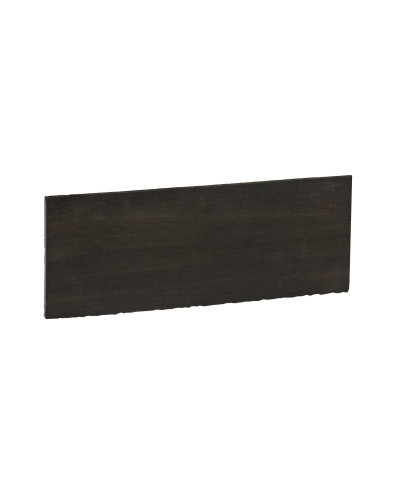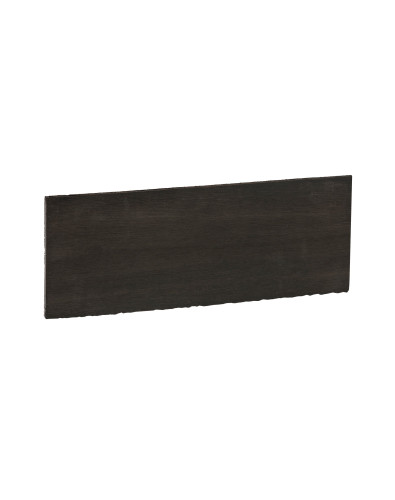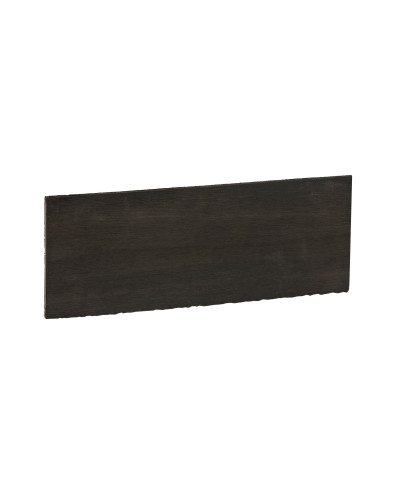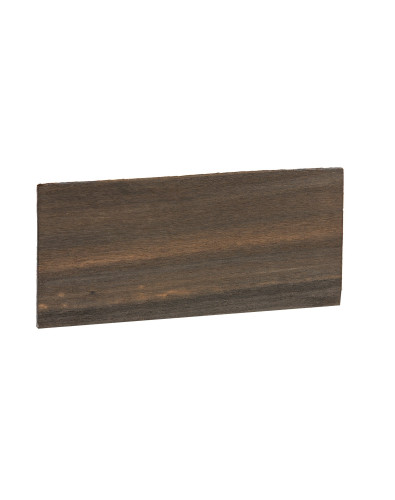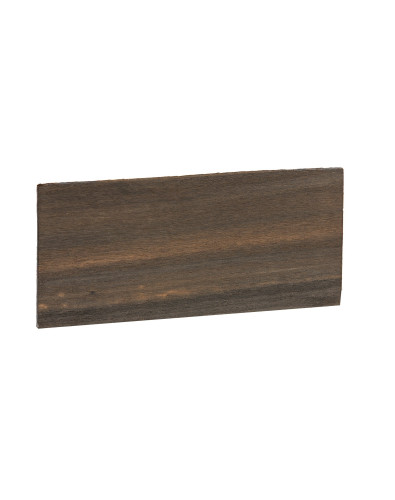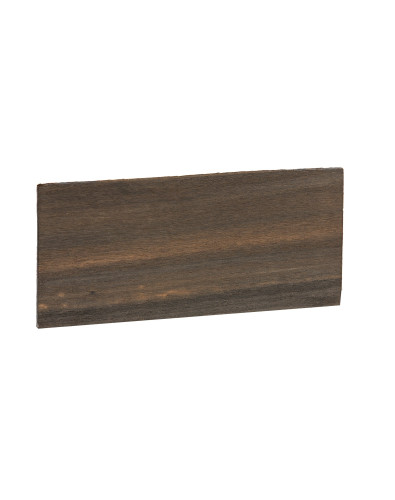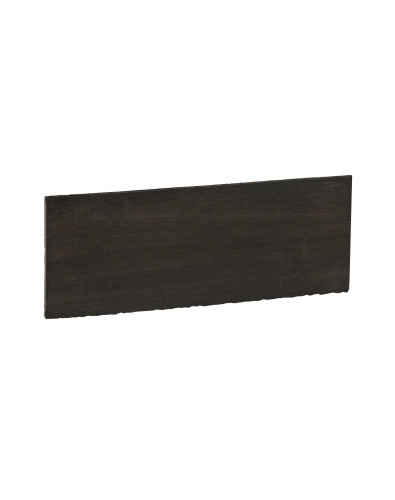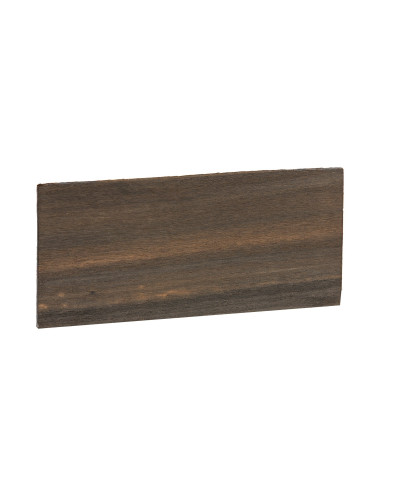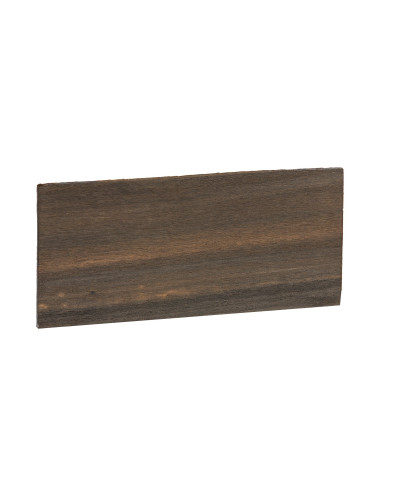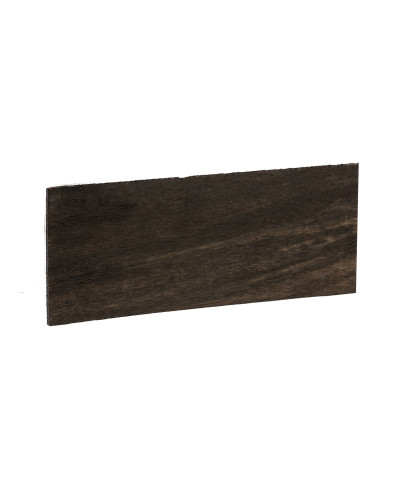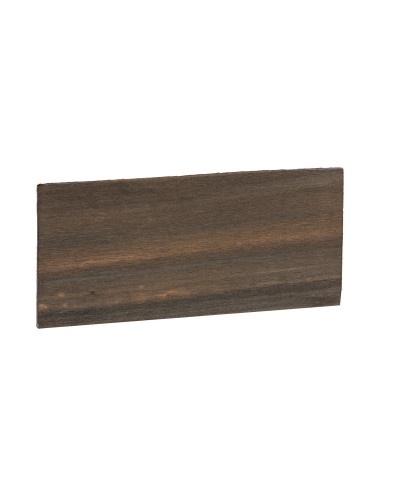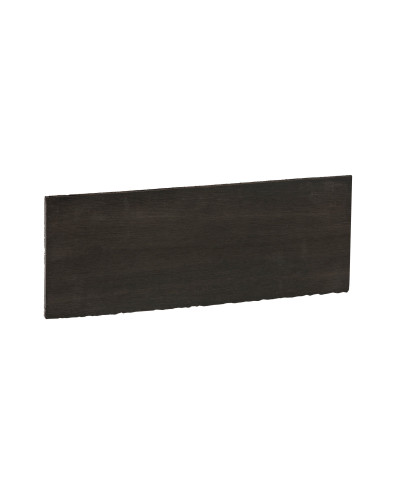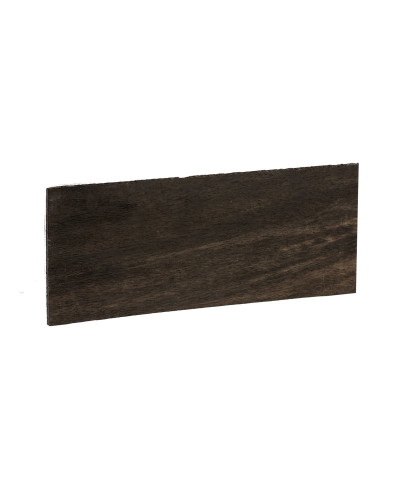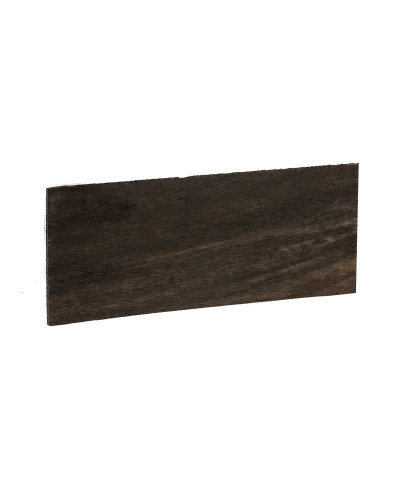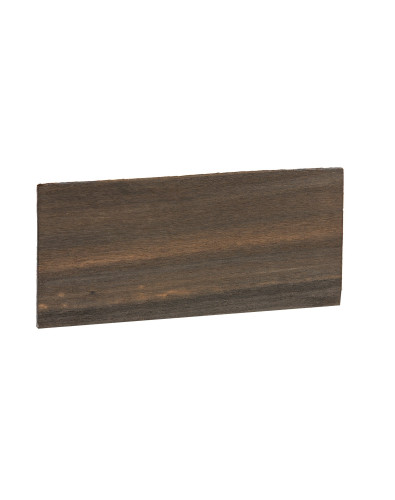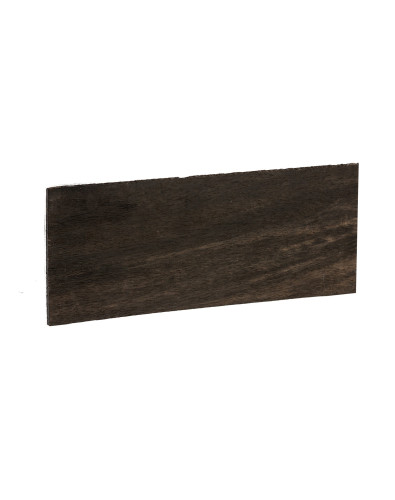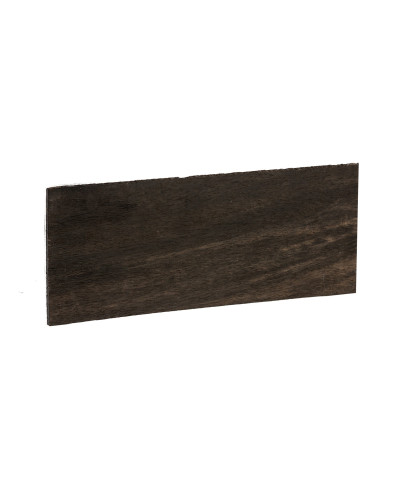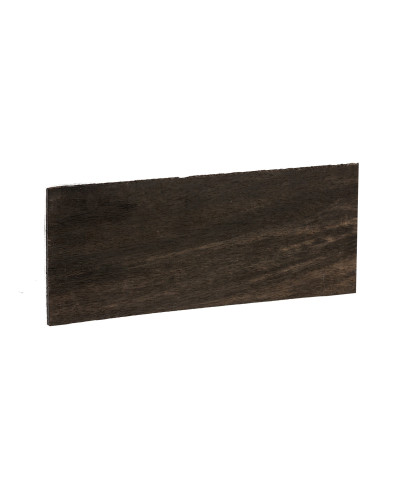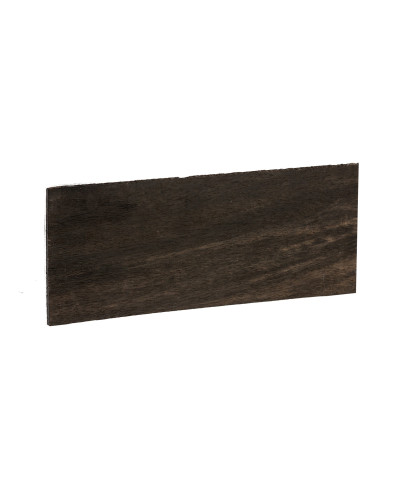African Ebony
The guitar's headplate is one of the most worn parts of the instrument. Therefore, it is important to choose a high resistance wood like an Ebony. This wood has always been one of the most used to make fingerboards, bridges and headplates.
In Maderas Barber we have are one of the largest Ebony stock in the world, because our sawmill in Africa supplies us with this wood year after year. This pushes us to commit more with the environment by promoting the wood repopulation in this area.
BOTANICAL NAME: Diospyros crassiflora Hiern.
COMMERCIAL NAMES: African ebony, black ebony.
ORIGIN: Central and Western Africa.
DESCRIPTION: This is a black wood whose density is 1030-1050 kg/m3. The sapwood color of this wood is lighted and the heartwood is black. Traditionally, it is common to define this wood as the one that has the blackest color, although it may have white veins. Ebony’s grain is fine is straight, however, it can be intertwined at times.
SUGGESTIONS: It cracks easily when there are temperature changes or relative humidity. It is resistant to fungi and insects. Its sawing is easy, although the tools will need to be sharpened often. Machining and gluing are complicated because of its density and hardness. The finish does not present problems. It can produce certain eczemas or skin irritations.
DRYING: The drying speed varies from normal to slow. It dries well in small sizes and it tends to crack or distort.
USES: It is used to make various instruments’ fingerboards and wind instruments.

